Conservationists and other nature lovers frequently advocate to save or increase biodiversity, but what exactly is biodiversity? One conjures up images of rainforests, coral reefs or animal clipart arranged artistically. These hint at the concept of biodiversity, which on the surface, seems simple, but gets more complicated once you try to measure it (even for scientists).
What is Biodiversity?
Biodiversity describes the variety of life forms and should be tied to a specific area (e.g. a site, ecosystem, or region). In most cases, species are used as “life forms,” which is why we frequently see these animal assemblages or rainforest images to accompany the word biodiversity because more species = higher biodiversity. As a fancy scientist, one of my favorite things is fun animal fashion. One day my boss asked me “What is the biodiversity of your closet?” I was genuinely curious. So of course I calculated it using the Shannon diversity index.
How to Calculate the Shannon Diversity Index
1. Categorize Your Species
Below are all the items in my wardrobe with “life forms.” The first step in calculating the Shannon diversity index of your closet is counting how many species (life forms) you have. For this example, I excluded domestic species (I had to take out a lot of cats) as they are considered an invasive species. (*Note that there are cases, especially when calculating the biodiversity within cities, where you would count invasive species.)

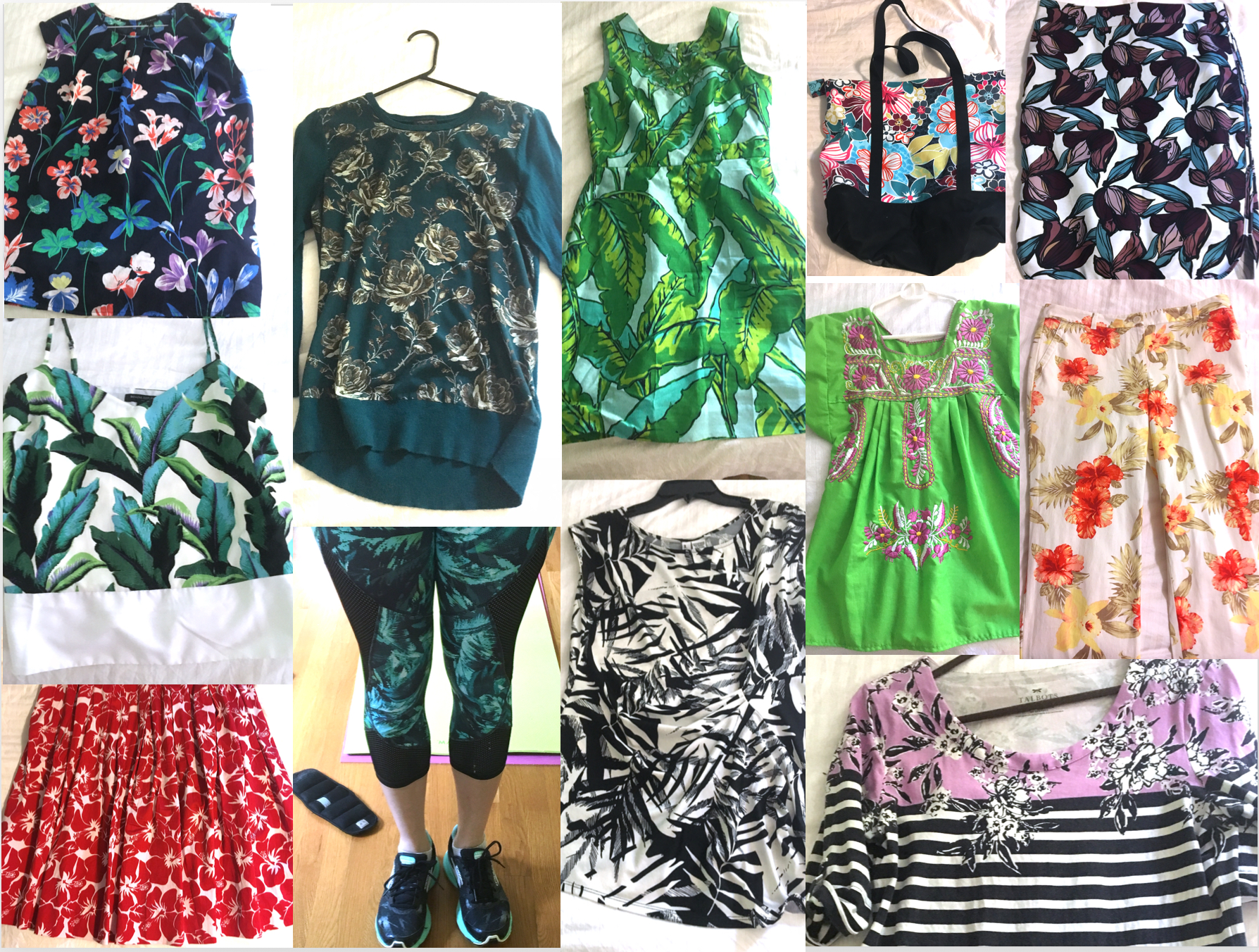
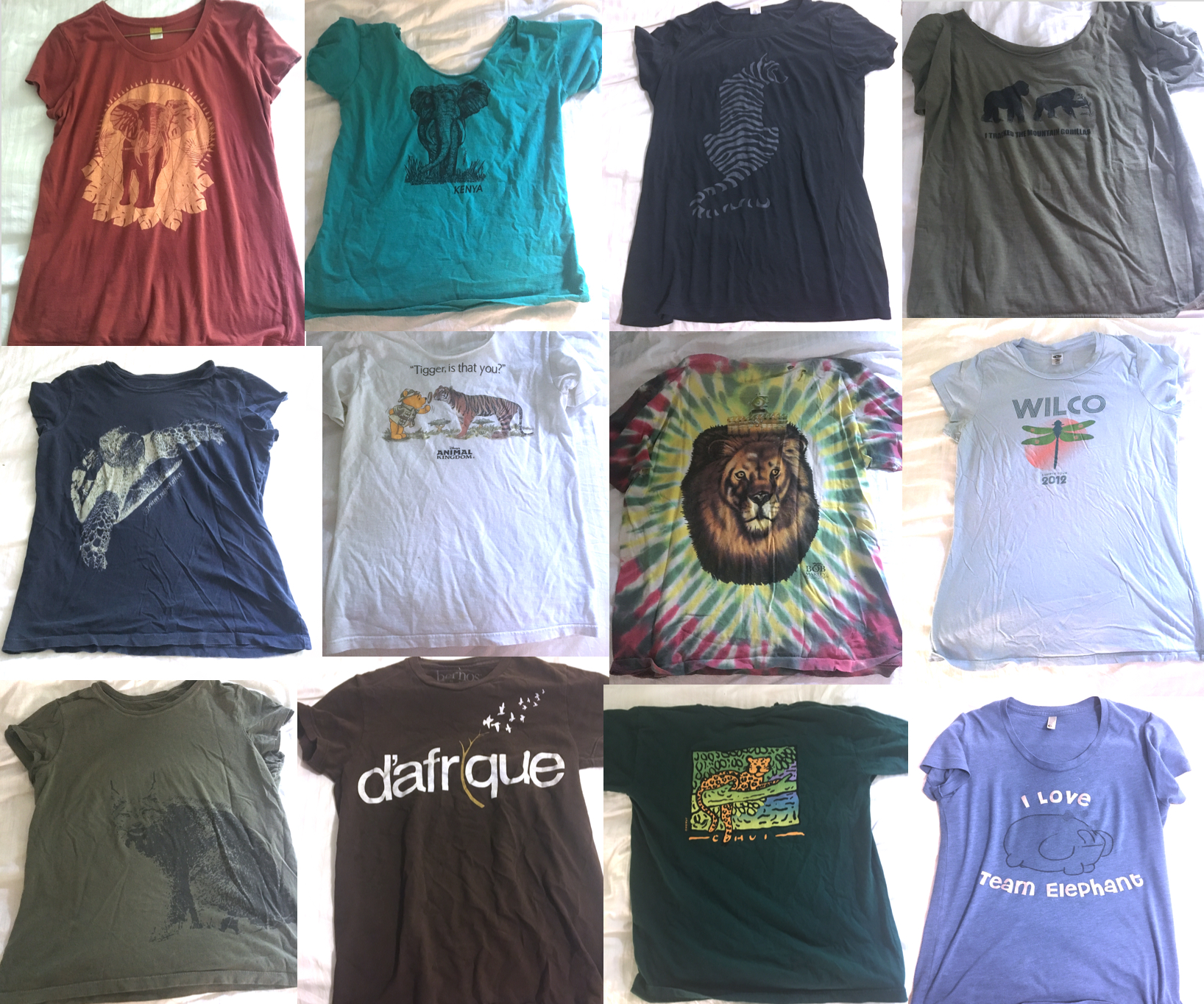


I started looking at each item and counting the number of unique species on it. Here is the table I created:
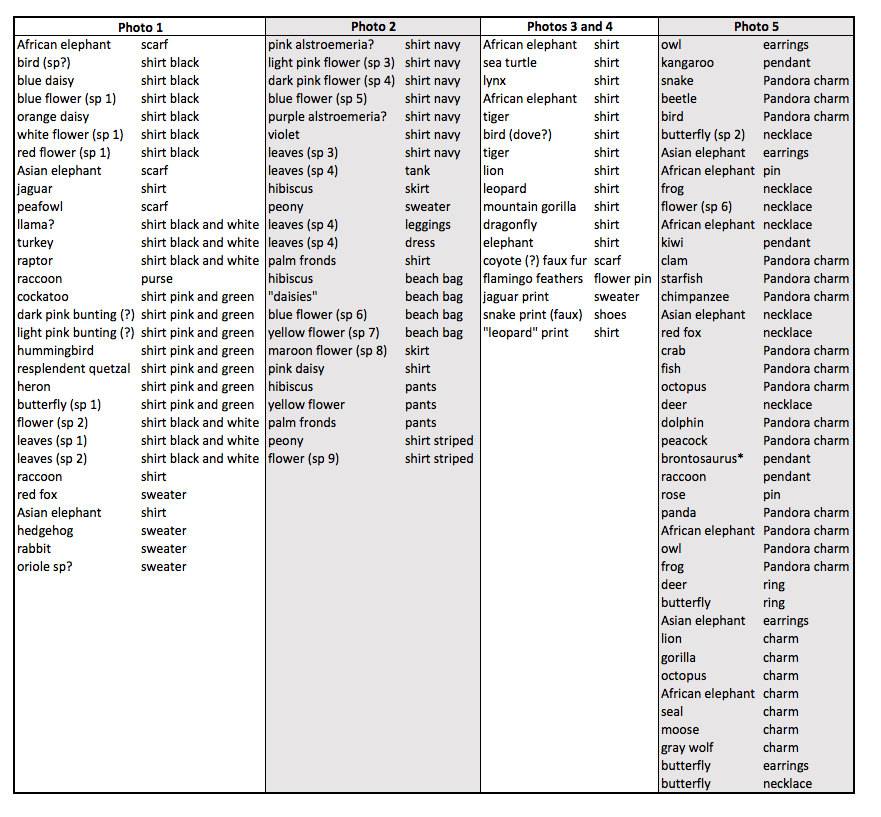
In the first photo, starting with my scarf, there is only one species (an African elephant) on this garment. The next photo of a black shirt from Mexico has what looks like six different species. Some of these species were hard to tell if they were the same or different species. Is red flower the same as blue flower? Or are they just different colors of the same species. I kept going through each photo and listing the species in this way.
2. Calculate Counts of Each Species
I then condensed the species into unique species only and calculated a count of each of those species:
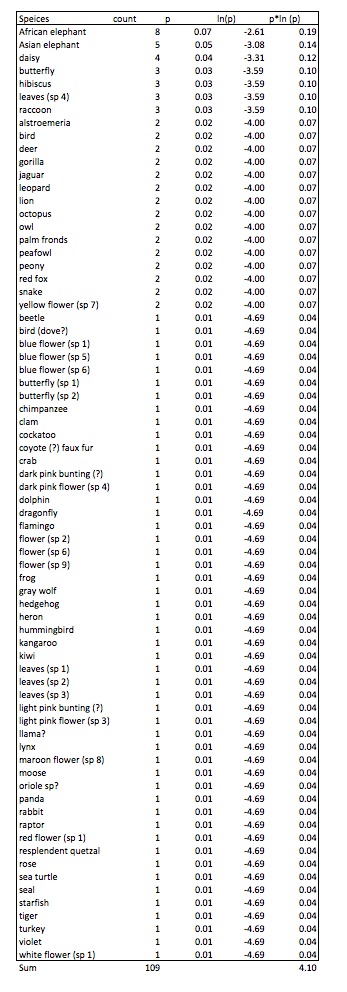
The species richness or total number of species in my closet was 72. Some garments had high species richness on their own with my resplendent quetzal shirt in Photo 1 having the most with 10 species. You’ll see that I own a lot of garments with elephants (13 across two species), “daisies,” and butterflies. Owning more than one of the same species does not increase my species richness. To do this, I would have to add different species that I don’t already own. Determining what was a species in my wardrobe was harder than I thought, and actually reflective of the decisions scientists have to make in the real world.
Another component of biodiversity is species evenness, which describes how close in numbers species are to one another. Areas described as having high evenness would have similar counts of different species, while low evenness would indicate that a few species dominate the site. When comparing two wardrobes, you can have the same species richness, but if one closet mostly consists of one species, it will have a lower diversity index (a way to measure diversity) than a wardrobe with a few garments of each type of species.
3. Plug Your Numbers into the Shannon Diversity Index Formula
Taking both factors into consideration, you can then calculate a diversity index. There are several, but one of the most common ones is the Shannon Diversity Index (also Shannon-Weiner), represented by this formula:

To calculate, first count the number of garments you have of each species. Add these counts and calculate a proportion for each species (p=number of counts/sum of total counts). Take the natural logarithm of each proportion (lnp) and then multiply the proportion and the ln of the proportion (p*lnp). Add these values together, take the negative value of it (to make it positive) and you will have your Shannon Weiner index score (H’). For my wardrobe, H’ is 4.1 (math below).
Use this table to help you:
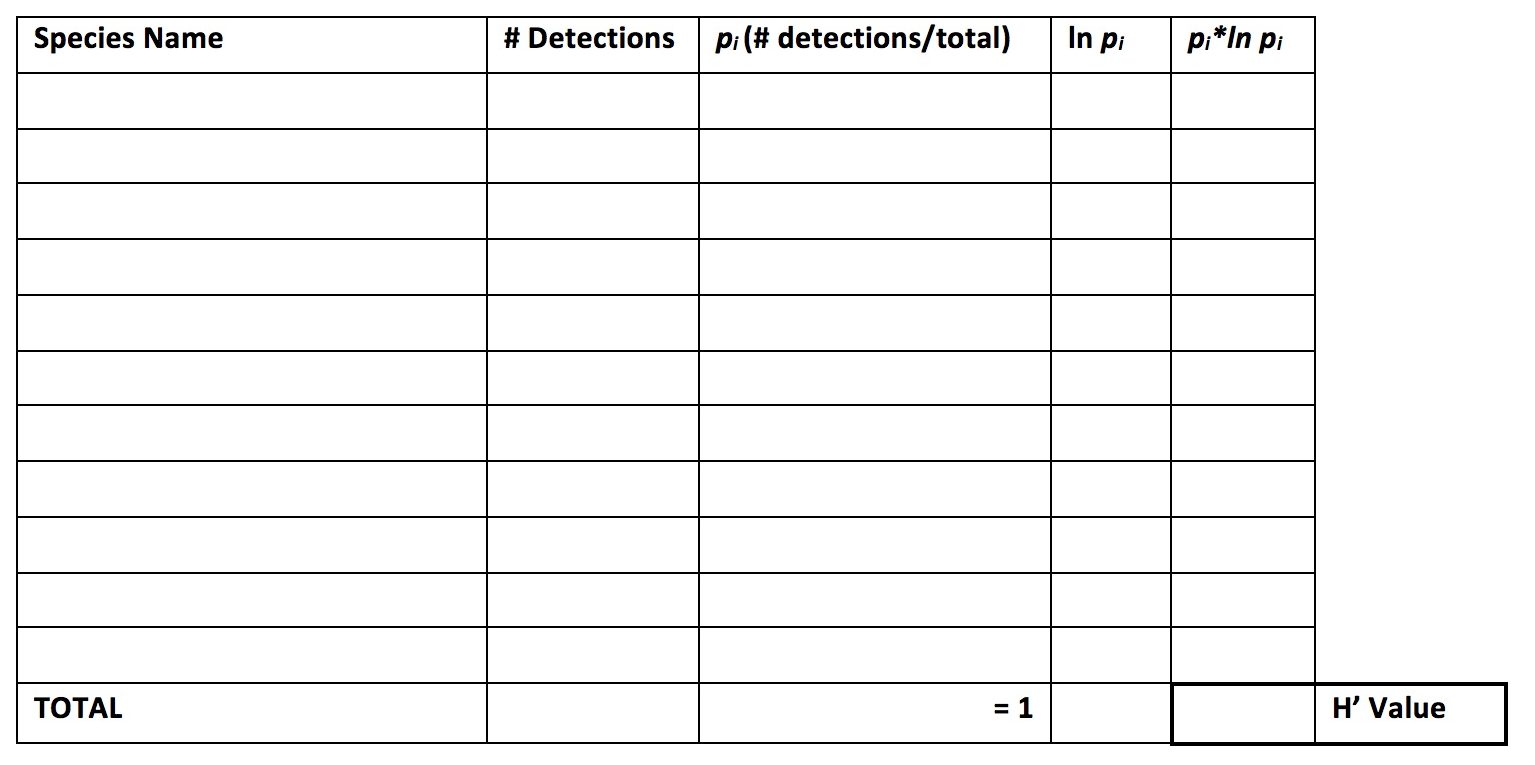
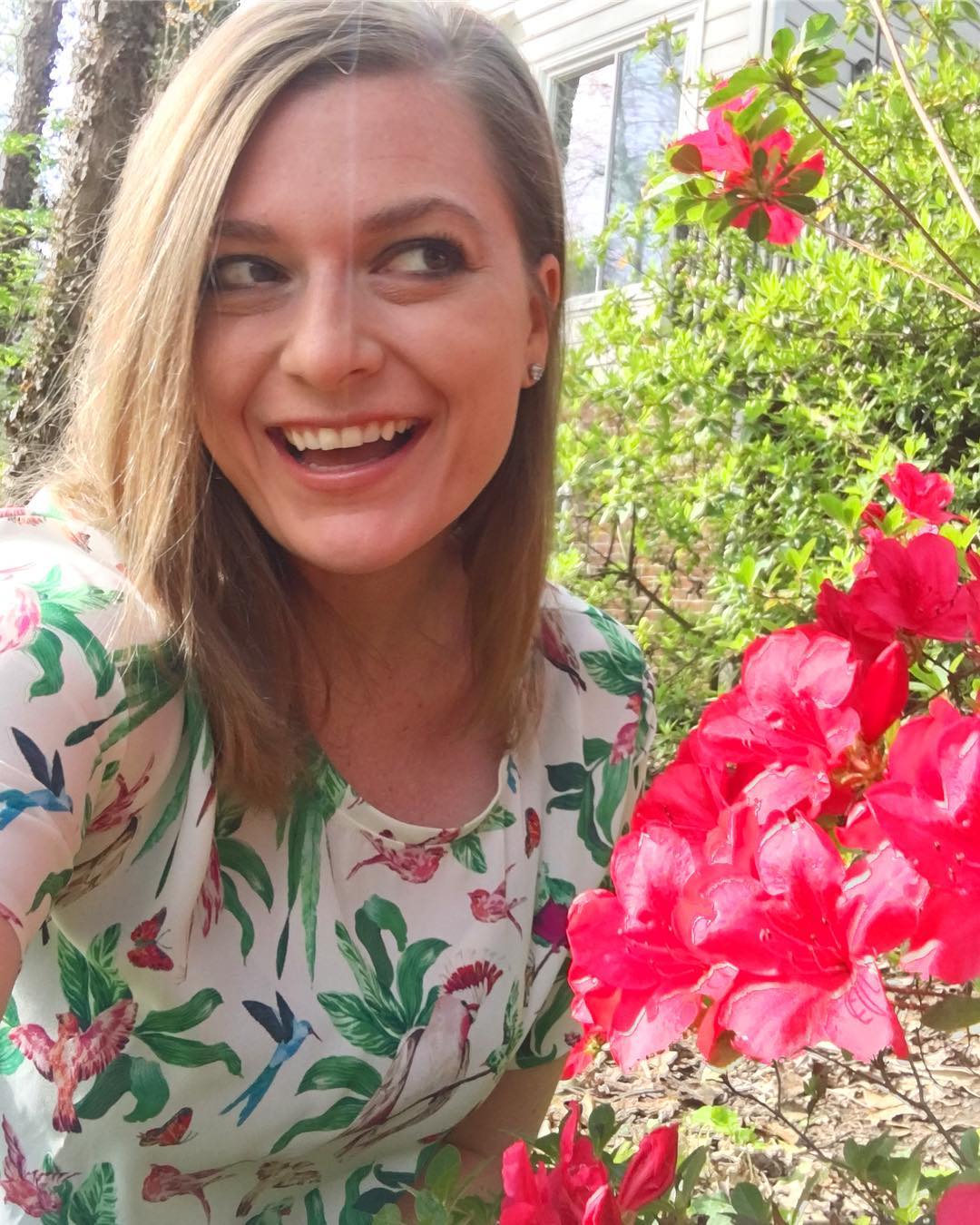
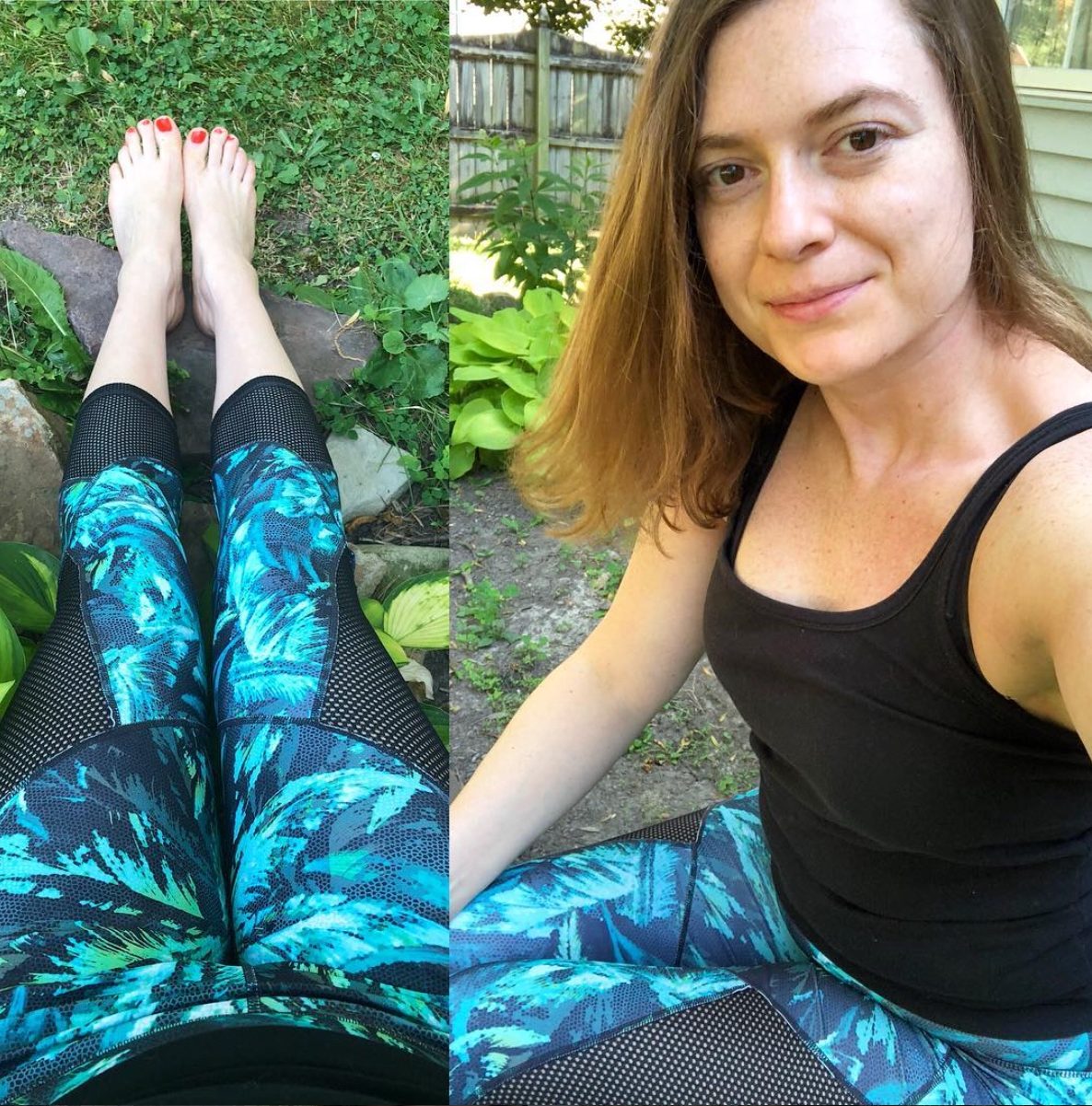
*This post was originally featured on the Wildlife SNPits.
SaveSave
SaveSave
SaveSave
SaveSave
SaveSave
SaveSave
SaveSave
SaveSave
SaveSave
SaveSave
SaveSave
Check out this sustainable fashion brand on this post.
Tonlé Sustainable Fashion Brand
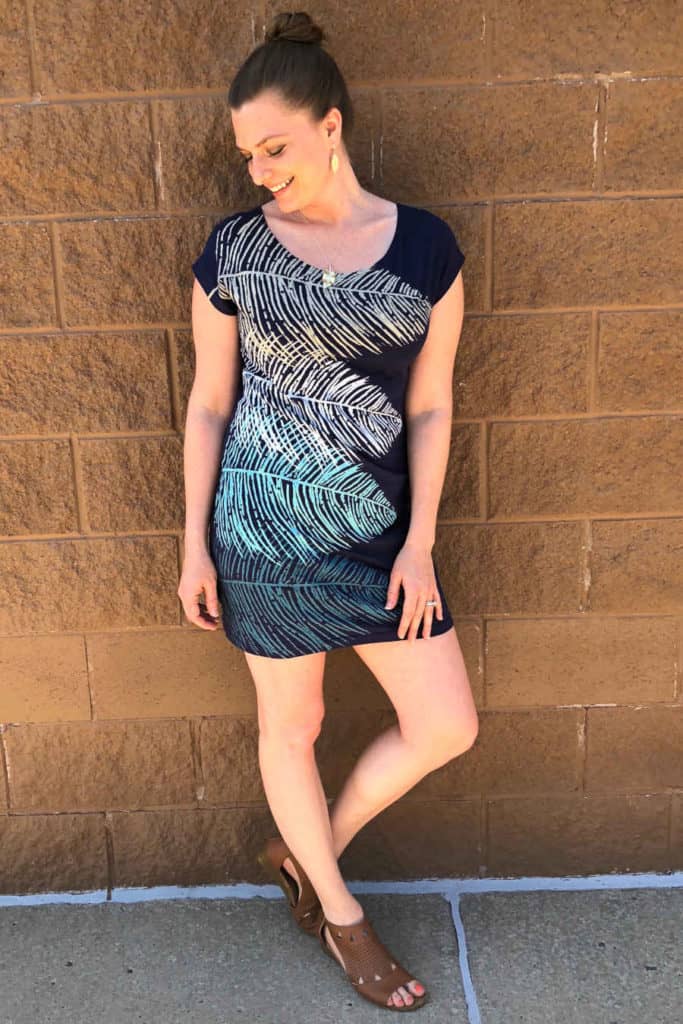
Love this post? Share it with friends!



